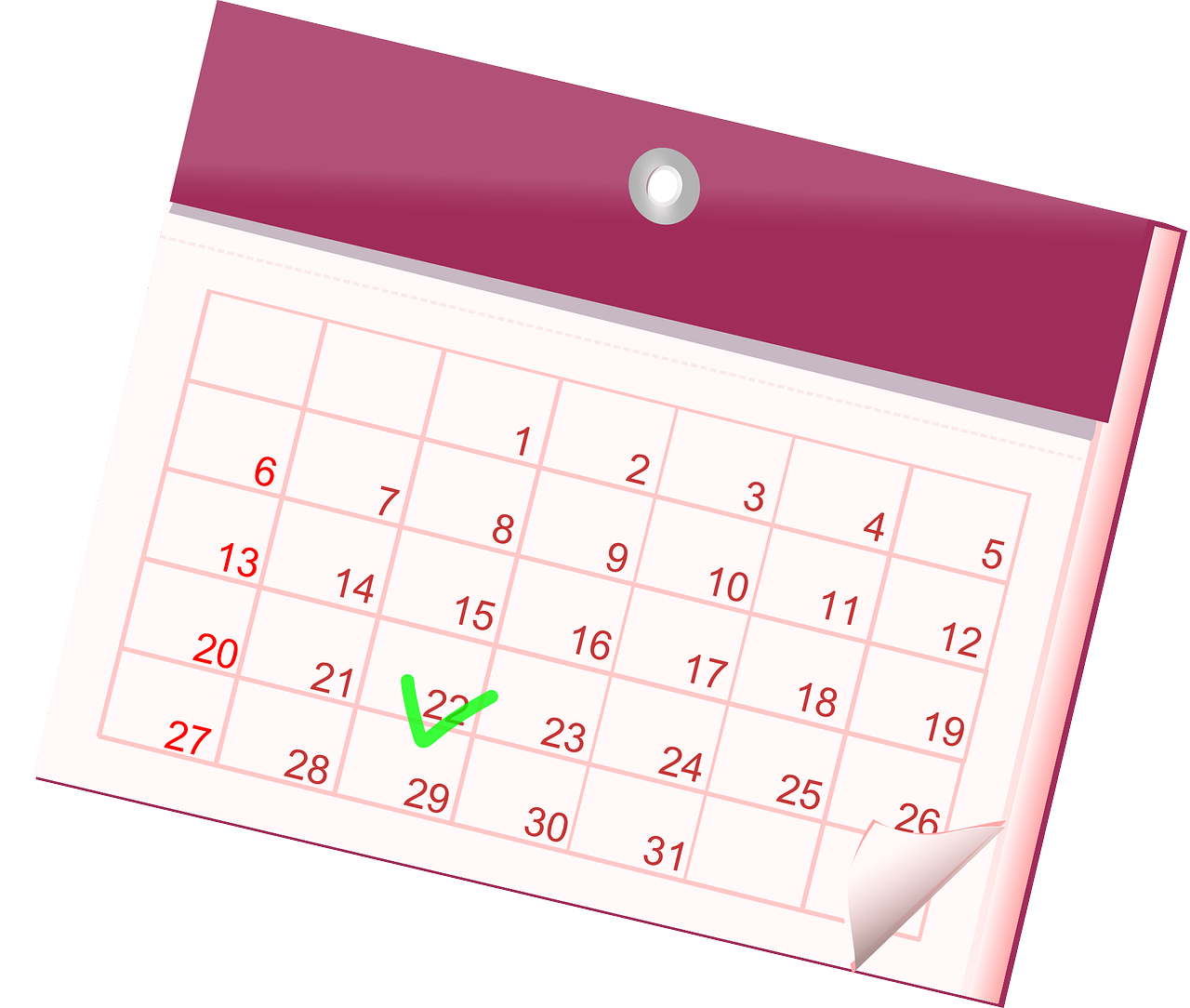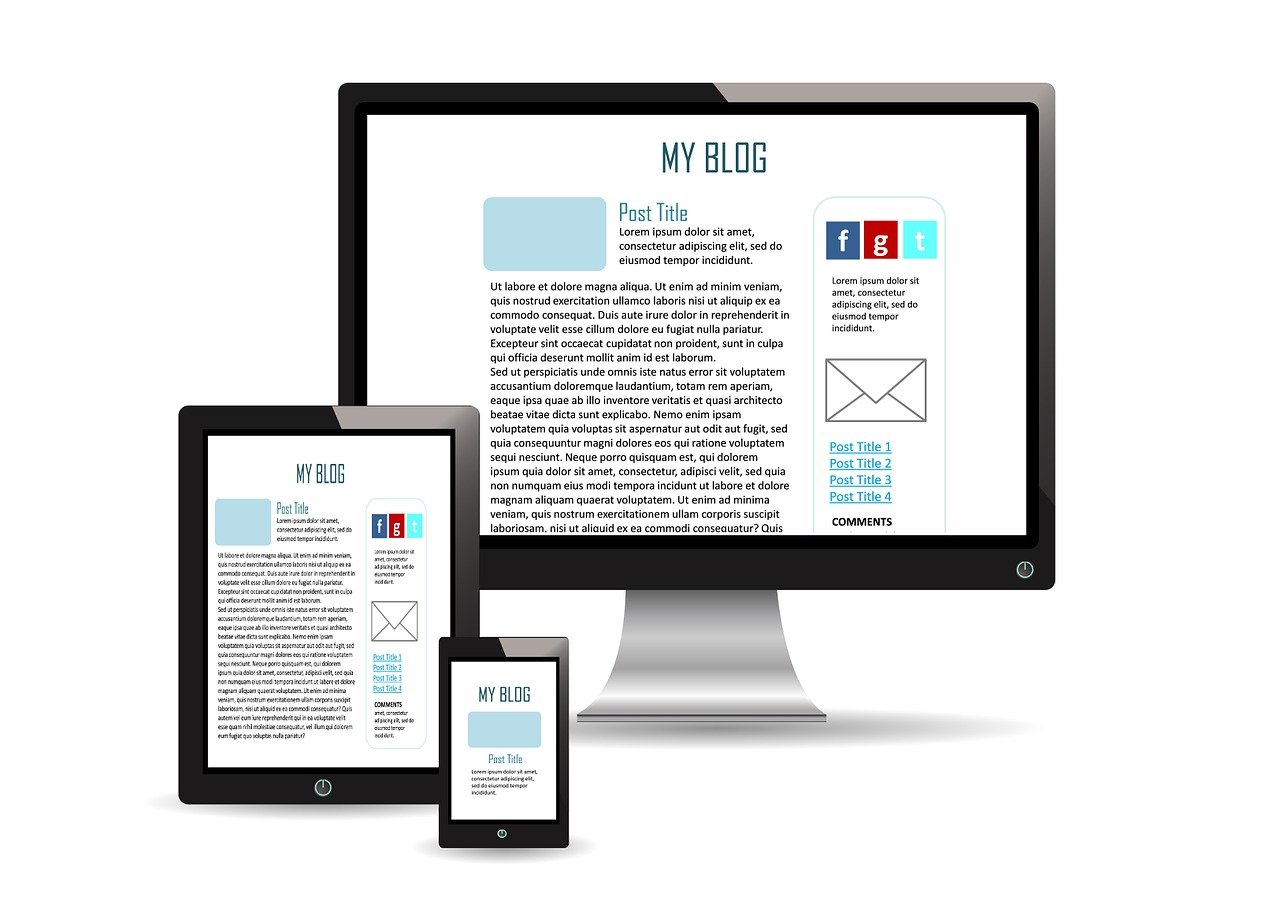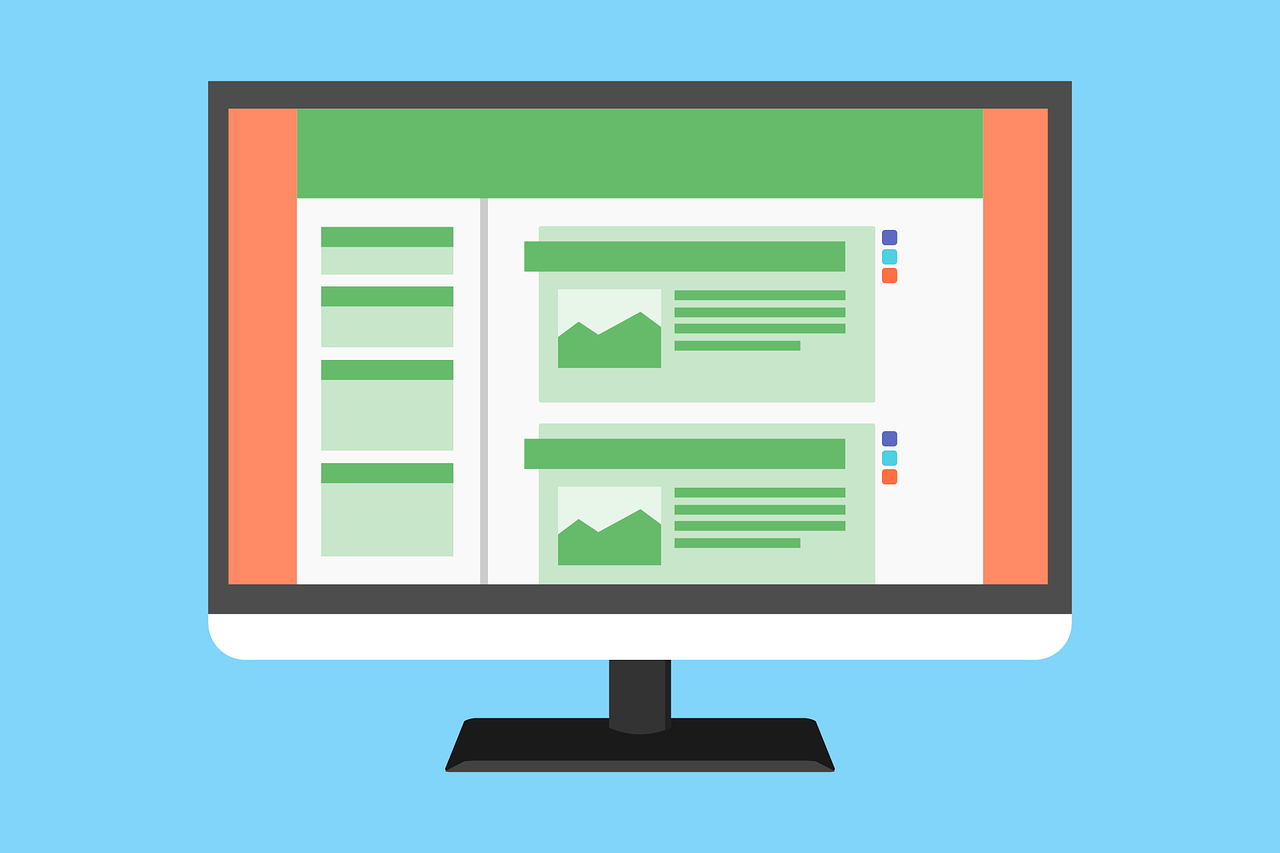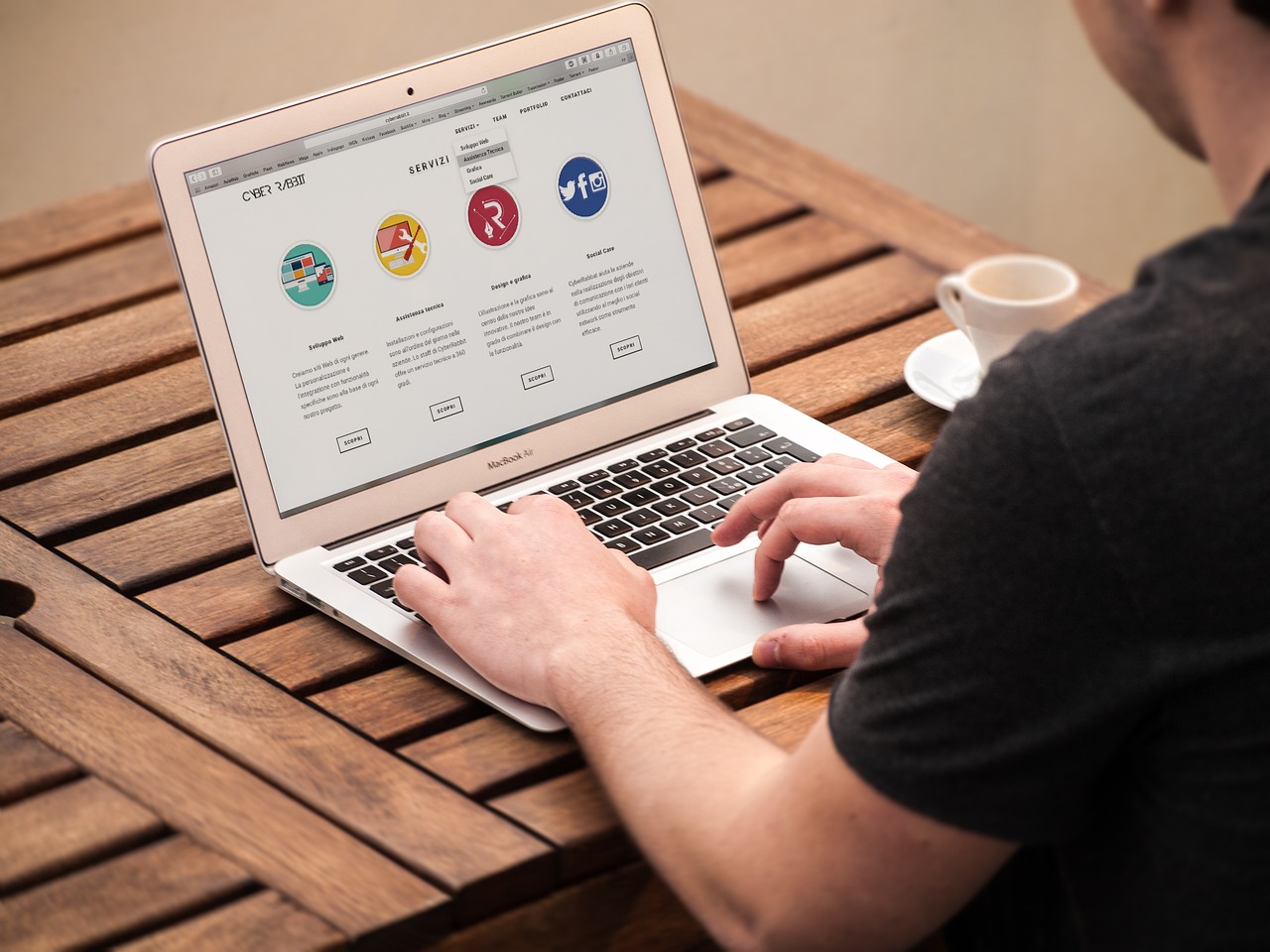Blogging Terminology (The Ultimate Blogging Glossary)

Blogging terminology includes the terms used in the blogging industry. Above all, we include words and phrases we use in blogging alone and not in everyday language. Likewise, if you want to succeed you need to know a lot of the glossary of blogging terminology. Some of the words are self-explained, while others are from the technical field and can be confusing to any writer.
Let us learn some of the blogging-related terms.
Table of Contents
1. Blogging Terms: Adsense
1. AdSense
Google ads can run and turn your blog into a money-making machine. Also, this program of Google AdSense is designed for bloggers. Above all, for website publishers who want to display targeted text. And image, or video ads on their web pages. Hence, when a visitor clicks on those Ads, they earn money.
2. A/B Testing
This is a test for two versions of the content you create, to find a specific audience in blogging. Additionally, with an A/B test, you split the population viewing your message. Also, you give Group A one message, and Group B a different one. You then compare the response to each message. Above all, to learn which one resonated more with your audience.
3. Above the Fold
This is the section on the blog that a viewer can see before they scroll down.
The initial content “above the fold” is what appears at the top of the page. So, you need to have a good headline above the fold.
4. Affiliate Marketing
A blogger earns a commission or a fee when they sell. Above all, someone else’s product or service. He is an affiliate in blogging terms.
5. Alt text
Alt text is alternatively referred to as an ‘alt description’ or ‘alt tag. Likewise, it refers to the words or phrases you add to an image. Above all, it tells your audience what the nature of your image is.
6. Analytics
Analytics are the information that’s collected to evaluate. Basically, the performance of your blog. Here, you can understand your audience, who they are and what are they doing. Hence, you can check your website analytics using the tool – Google Analytics.
7. Anchor Text
A visitor comes to your blog and clicks on a hyperlink. Moreover, this is the clickable text of the link, which is the anchor text in blogging.
8. Atom Feed
Atom feed is an alternative to RSS feed. It allows users to subscribe to websites and blogs so they can see the updates.
9. Author
The person who writes a blog is an author. Above all, when there is more than one author in a blog, listing the author is beneficial. Henceforth, this helps a reader to find all posts by a single author in the blogging field.
10. Avatar
A graphical image, a cartoon, or a picture that represents an author on a blog.
2. Blogging Terms: Backlink
1. Backlink
A backlink is a link on your website that links to another, external website. Also, backlinks help to improve your SEO score. Moreover, it helps your content get found in Google searches.
2. Badbot or Spam Bot
As you know by blogging terms, bots crawl the web and they add spam comments to the blogs. Sometimes, these will collect data such as email addresses. Moreover, the Spam Bot sends voluntary emails and viruses.
3. Beta
Beta is something still in the testing stage, and it is not yet available for use. Above all, a person who tests the material during this stage is a beta tester, beta reader, or beta user.
4. Black Hat SEO
In blogging, Black Hat SEO is an unfair practice. Hence, by trying to rank higher in search results. And, the tactics used in Black Hat SEO are stuffing a post with keywords. Also, using private link networks, and cloaking.
A common Black Hat SEO tactic is to fill a meta description or alt text. Above all, with keywords that have nothing to do with the content. Which is in the post or images.
The blogs that practice Black Hat SEO get a blacklist from the search results.
5. Blacklist
When a blog is removed from search engine results it is in blacklist. Likewise, this occurs when you are following Black Hat SEO. Or any other suspicious activity found on your blogging platform.
6. Blinking
Blinking is also called blog hopping and is when you bounce from one blog. Above all, to another blog as a result of clicking links on a page. Also, these links are on the sidebar of a blog.
7. Blog
We write a short form for a web, log, or weblog as a blog. Besides, a blog can be a series of online journals or articles published by one person or many people. As you know some blogs feature posts of text, whereas other blogs may have media such as images. Also, they may have videos, audio, or both text and media.
8. Blog Banner
A blog banner is an image in the header of a blog post. Certainly, these can be static or an image of animation. A blogging banner is one of the first to evoke a reader to click on a post. Hence, bloggers spend a lot of time to create a unique image. Hence it represents the theme or title of the blog in a visual and creative form.
9. Bounce Rate
Bounce is when a user leaves your blog. Likewise, the more visitors come to and move away from the blog, the higher the bounce rate.
Above all, higher bounce rates can negatively impact your SEO. It tells search engines that users don’t like your content.

3. Blogging Terms: CTA
1. Call to Action
A CTA is a prompt for your blog users to take action. Hence, it is something like “sign up for our brochure,” or “click here to learn more,”. Above all, this is a call to action, as it asks your readers to do something.
You’ll find these at the bottom of the posts or the end of YouTube videos of your blogging platform.
2. Captcha
Captcha is a security feature that presents an image. Above all, that consists of letters and numbers. Because it requires a user to type those characters into a text box. After all, you’ve likely noticed it as the “I’m not a robot” box.
Furthermore, the purpose of it is to prevent and reduce spam.
3. Category
A category is a subsection of a blogging platform.
For example, let’s say you are blogging about dentistry.
Your categories include ‘Dental Care’, ‘Dental Tips’ or ‘X–rays’, and more.
4. Clickbait
This a blogging term that shows that a clickbait headline is misleading to get more clicks. All in all, it is not a good practice.
5. Click – Through Rate (CTR)
Your CTR is the number of people who clicked a link on your blog. Or the number of people that clicked through a link in an email. For example, if you send 80 emails with a link in it, and 8 people click on it then, your CTR is 10%.
6. Comment Moderation
This blogging term is to control and regulate comments on your blog. Also, you can do this by filtering comments or by making use of CAPTCHA.
7. Content
Content is the text, images, and information found on your posts. Also, it can even be social media links in your post.
8. Content Management System (CMS)
CMS is a software program that helps you to manage and add content. Above all, to landing pages, posts, and even blog pages of a website.
9. Content Marketing
Producing content and promoting that content to your target audience.
Hence, this is content marketing in the blogging industry.
10. Content Pruning
Content Pruning is removing or updating content that is on the website for a longer time. Hence, by updating you increase its overall health.
11. Content syndication
Content syndication is sharing a piece of content, be it a snippet, link, or thumbnail. Or an entire article, and publishing it to another website.
12. Conversion Rate
Conversion Rate is the percentage of visitors to a website or blogging platform. Above all, they take a specific action, such as making a purchase. Or they even sign up for a newsletter.
13. Copyright
Copyright is the legal right to physical and intellectual property. In the realm of blogging, this signifies that you possess the copyright for all the content featured on your blog.
14. Crank N Bank
This is a content strategy that involves publishing high volumes of content. And targeting very low-competition keywords. You create a large amount of content through this strategy. And once you rank for these topics, your article will maintain its position in Google. As high-authority sites do not target low-volume keywords.
15. Creative Commons
This is a public copyright license Commonly used on photo-sharing websites. Above all, a Creative Commons license generally allows other people to build. Also, to distribute, modify, or share a physical property.
16. CSS or Stylesheet
The blogging term CSS or Cascading Style Sheets is available in HTML. Likewise, we use it to style web pages and page layouts. Also, we use it to style fonts and colours.
17. Curated content
Content curation is the process of collecting content that has a focus on a theme or topic.

4. Blogging Terms: Digital Publish
1. Digital Publishing
This includes the digital publication of e-books and digital magazines. Hence, it also includes the development of digital libraries and catalogues. Above all, it even includes editing books, and journals. It may include magazines that are mostly read on a screen.
2. Direct Traffic
The blogging term indicates that when visitors come to your blog, they type your blog’s domain in the search bar.
3. Directory
As the name sounds, a blog directory is a directory of blogs. Here, blogging person add their blog name and domain to blog directories as a means. And to generate traffic and backlinks to their sites.
4. Dofollow Link
DoFollow link is a link on a website that search engines can crawl. A do-follow link will help a website to rank in search engine ranking pages. Altogether, a Do-follow is an HTML code used to permit search engines to ‘crawl’ a few links. Above all, it is known as ‘link juice’.
5. Domain Authority
Domain authority is a measure of the age, popularity, and traffic size of a website. It is one of the factors used in checking your site’s search engine ranking. Also, DA is a score provided by MOZ that shows how much authority a website has. We calculate DA on a scale of 1 to 100 with 100 being the best and 1 being the worst.
6. Domain Name
The blogging term is a string of numbers, letters, and hyphens. Likewise, we type it into a browser to bring you to a particular website.
For example, our domain name is thewriterscosmos.com
7. Draft
A draft is a blogging term that is an unpublished piece of content. Once you publish it, it becomes a published post. And everyone can then access it.
8. Drip Campaign
The blogging term Drip Campaign is a direct marketing technique. We use it to acquire customers through lead generation. We do it by sending marketing messages to customers over some time. Hence, with the hope of changing them to paying customers.

5. Blogging Terms: Calender
1. Editorial Calendar
This is a calendar designed to help you organize content to publish for your blog. Hence, you get an overview of the topics you would like to post. Henceforth you can avoid publishing the same content over and over again. Above all, the calendar can help you with brainstorming new ideas.
2. Email Marketing
Email marketing is a series of emails that you send to your, audience. Hence you will get the desired outcome. Here you build trust with your audience and sell a product or a service.
3. Embed
The blogging term Embed is the placing of content from another website into your post or page.
4. Engagement
Engagement is nothing but interacting with your readers on your website. This we do it via email, and also on social media.
5. Evergreen content
Evergreen content is website content that has no specific date and season. The content is relevant and will not go out of date. Hence, to perform well in search engine results, you need to have evergreen content.

6. Blogging Terms: Headline
1. Favicon
The blogging term Favicon is a small graphic and it can be your logo. It represents your website that is visible in an internet tab and the address bar. Favicon is also seen in the bookmark and maybe in the favourite list.
2. Followers
In social media, or any blogging platform a follower is a person. And he has subscribed to an account to receive all the updates.
It refers to a user who chooses to see all the posts of another user in their newsfeed. Getting followers is one of the main goals of businesses that are active on social media.
3. Footer
We find the footer at the bottom of your blog. Here, you place a copyright notice and links to contact pages. Sometimes the about pages, disclosures, privacy policies, terms of service, and more.
4. Forums
A blog forum is similar to a meeting room. Likewise, it’s a place where visitors can come together for a discussion on a topic.
5. Gallery
A blogging term gallery is a collection of images attached to a post. It gives you a chance to display images with less space to make your post look good.
6. Geotargeting
It delivers content depending on the reader’s location. Facebook Ads and Google Ads make use of it.
7. Graphic
The blogging term graphic is an image that represents your blog content visually.
8. Gravatar
When a user comments on a blog or posts an article to a blog. An image shows up beside his name. Above all, the image is their gravatar, and it represents the user in the blogging platform.
9. Guest Post
Guest post is when you write and publish a post on someone else blog. This strategy is good in blogging for building backlinks and for generating traffic
10. Headline
A headline is the main title of a blog post or article and is present at the top of the page.
11. Heading Tags (H1, H2, H3, H4)
In blogging the Heading tag text appears in different sizes on your blog. H1 is where the title of your post appears. So, H2 is the subhead. H3, H4, and subsequent heading tags are in use for various subsections of your post.
They help in structuring your page and make readers browse content quickly. They should contain your keyword for good impact.
12. Header
This blogging term is the top portion of your blog. It commonly includes an image, a tagline, and a navigation menu.
13. Host or Hosting Provider
An industry that hosts your blog on their servers. Above all, we host the data related to your blog on these servers. One of the best hosting providers is HOSTINGER.
Check this link for Hostinger:
14. HTML
In blogging, HTML – Hypertext Markup Language, is the language used to write web pages.
15. Hyperlink
A hyperlink or link is the clickable text that brings the reader. Likewise, to another website or another part of the same page. It also brings you to a different page on your blog or opens in a piece of media.
16. Inbound Link
In blogging, it is also called a backlink. An inbound link is available on someone else’s blog and it points a reader to your blog.
17. Inbound Marketing
The blogging term Inbound marketing is attracting customers. Above all, to your blog through content creation before they are ready to buy.
18. Indexing
Blogging term Indexing is the process by search engines to find your content. It is available to users by storing it and displaying it in search results.
19. Influencer
An influencer is a person who can influence others’ decision to purchase. They have blogs and spend a lot of time, sharing content.
20. Infographic
It is a diagram, chart, or image that represents data. Or information visually in the blogging platform.
21. Internal Link
It is a link on your blog that connects a reader to another page or post on your blog.

7. Blogging Terms: Keywords
1. Keyword or Keyword Phrase
In blogging, a keyword or keyword phrase is the text that someone types into a search engine. Above all, on that they are seeking information on.
2. Keyword Density
Keyword density in blogging is the frequency with which. A particular keyword or phrase appears in the content. Above all, of a webpage or blog post. In blogging, keyword density is often used as a measure of relevance. It focuses on a piece of content to a particular topic or keyword.
3. Keyword Research
In blogging, it is the practice of finding relevant and highly searched keywords. Information that individuals are actively seeking on search engines.
These words are then used to improve a blog’s SEO rankings. Hence, by creating content around these relevant keywords.

8. Blogging Terms: Contact Information
1. Lead Magnet
A blogging term lead magnet is an incentive that marketers offer to potential buyers. This is in exchange for their email address or any other contact information.
2. Link Bait
This blogging term is a method of link-building that encourages. Above all, other content creators to link to your content.
3. Link Building
In blogging, this is an act of getting content creators to link to your blog.
4. Long – Tail Keywords
These are longer phrases in blogging, which are at least four words in length. And people are searching for them on search engines.
5. Long–Form Content
A long form of content in blogging is 750 words in length or longer. Well-crafted long-form content has the potential to enhance SEO and reduce bounce rates effectively.

9. Blogging Terms: Description
1. Media Kit
In blogging, the bloggers build a kit when they accept sponsored posts. It is a page or document that contains numbers. Above all,
the data about your blog’s traffic, email subscribers, and more.
2. Meta Description
Meta Description is the description of your post or page. It needs to be concise and straight to the point. Your meta description must contain the keyword or phrase you are trying to rank for. It has to contain 160 characters.
3. Monetization
Monetization is the process of generating revenue or cash from a non-revenue-generating source. You may find many methods to make money like placing display ads on your blogging platform. You can sell products or services and may also provide affiliate links on your blog.

10. Blogging Terms: Topic
1. Niche
The blogging term Niche is the topic of your blog. It would be best if you chose the right niche for SEO purposes.
It is important to narrow down your niche to get more audience. For example, a blog on “health” is too broad. A blog on “content writing” which is a niche of digital marketing. Hence, this is a lot narrower and helps to attract specific groups of people.
2. Nofollow Link
It is a type of link in blogging that the search engines prevent from getting crawled.
3. Newsletter
It is a letter that contains news and we call it a Newsletter. Likewise, an email newsletter is a type of email used in email marketing campaigns. It informs your subscribers about the latest content on your website.
11. Blogging Terms: Traffic
1. Organic Traffic
Organic traffic is the blogging term for visitors coming from a search engine, such as Google or Bing. This does not include paid search ads. In general, organic traffic means traffic that isn’t paid like in ads in blogging.
2. Outbound or external link
It is a link on your blog that points to an external website or blog.
3. Off-Page SEO
Off-page SEO is the actions done outside your site. Such as guest posting, getting backlinks, or media to create interest in your blog.
4. On-page SEO
Actions you do on your blogging platform, such as using keywords. Keywords and phrases that appear in search engine results.
12. Blogging Terms: Plagiarism
1. Page Rank
Page Rank is the value assigned to your blog that indicates its importance on search engines.
2. Paid Search
Your blog gets visitors by way of display ads or pay-per-click ads. They may visit your blogging website through Facebook or Instagram ads.
3. Pain Point
The pain point is the problem that your article or content is addressing. Likewise, it is a problem that your audience wants to solve.
4. Permalink
It is the URL or address of a post within your blogging platform.
For example, the URL of the post “How to become a copywriter with no experience” is:
https://thewriterscosmos.com/how-to-become-a-copywriter-with-no-experience/
5. Pay per click
PPC or pay-per-click, is an internet marketing feature. Here, the advertisers pay a fee each time when someone clicks on their ads.
6. Pingback
A blogging term pingback is what happens when a person posts something to their blog. And references another person’s blog with a link to the post which is trending.
7. Plagiarism
Plagiarism is when you copy someone else’s ideas and content and publish it as your own. It is against copyright laws in blogging. And you can have your content removed if the owner files a case against you.
8. Plugin
A plugin is a piece of software used on WordPress that adds additional functions to a blog. There are many plugins available in the blogging world.
9. Podcasting
Podcasting is creating and distributing these audio files for download to multimedia players. Generally, blogging experts make a podcast. Likewise, as an additional traffic source for their blog.
13.Blogging Terms: Quora
Quora
Quora is a question-and-answer website where people check information. Above all, it is frequently used by blogging masters to drive organic traffic to their blog posts.
14. Blogging Terms: ROI
1. Reciprocal Link
This is exchanging links on a blogroll, roundup, or post with other bloggers. This is sometimes called “link exchange” or “link swapping.”
2. Redirect
Redirect in blogging is sending a blog reader to a location different. Above all, from the one they clicked or typed on the address bar.
3. Referral Traffic
It is traffic to your blog as a result of someone clicking a link on another website. For example, if a blog links back to your blog. The traffic you may receive is referral traffic.
4. Robots
Robots filed as robots.txt give information about a blog or a page. It helps search engines in blogging to categorize it.
5. Return on investment (ROI)
The blogging term ROI is the measure of whether or not what you are investing in is worth what you get out of it. A positive ROI means you got more than you invested.

15. Blogging Terms: SEO
1. Search Engine Optimization (SEO)
Search Engine Optimization is the process carried out to improve the visibility. And the positioning of a website in search engine results pages (SERPs).
In blogging, SEO refers to the strategies and tactics that bloggers use. Hence to optimize their blogs for search engines. But, to increase organic traffic and visibility of their site.
2. Search Engine Results Pages (SERP)
The blogging, terms SERP are the pages the search engine returns after a user submits a search query.
3. Sessions
In the context of blogging, a session is defined as a user’s visit to a blog. Hence, when a user visits a blog and begins browsing, we initiate a session. Above all, the session will continue as long as the user remains active on the blog. Eventually, it ends when the user leaves the site.
4. Self-hosted Blog
A self-hosted blog is when the blogging expert owns the domain and the website.
5. Sidebar
It is the narrow and vertical column on the side of a blog. Bloggers add widgets, links, and information here.
6. Sitemap
Sitemap is a list of pages on your website that we use for ranking your website on search engines.
7. Slug
In blogging, a Slug is a short, abbreviated title in a post’s URL (or permalink).
For example, in this link https://thewriterscosmos.com/how-to-become-a-copywriter-with-no-experience/,
Slug is: how-to-become-a-copywriter-with-no-experience/
8. Social Proof
A blogging term social proof is the credit that you have from social accounts.
As an illustration: If you’ve amassed a substantial following on Instagram. Then a screenshot of your followers is social proof on your blog.
9. Spam
In blogging, we refer spam to as undesired comments. The comments section of a post is often plagued by spam posted by spammers. Or, if a blogger has too many sponsored posts or ads, that blog is a spam blog.
10. Sponsored post
A sponsored post is when another blogger writes. And pays to publish on your blogging platform. This you achieve if you have a large following.
11. Stop words
These blogging terms are common words in the slug such as the, is, at, which, and on. These words hurt your blog’s SEO.
To know the SEO tactics Join Our Online Content Mastery Course

16. Blogging Terms: Target Audience
1. Tag
Tags are the words that describe your blog. We insert Tags into the HTML code of your blog and are not directly visible.
2. Tagline
A blogging term tagline is a short phrase that explains what your blog contains.
3. Target reader or Target Audience
These are your audience, and the readers you want them to read your blog. These are the people who have their problems which you try to solve.
4. Theme
This blogging term is the front-end style of your blog. It is the way you use the colours and fonts and the way your links appear. It also refers to your page layout and the place for widgets.
5. Thin Content
This blogging term is in a blog and it has thin content if it does not provide valuable information.
17. Blogging Terms: Vistior
1. Unique visitor
In blogging, he is a new visitor, who has never been to your blog before.
2. User Intent
The user intent for your content is to educate people and to get them to sign up for an email list, or make a sale.
18. Blogging Terms: Assistant
1. Virtual Assistant
A blogging term virtual assistant helps to perform tasks like email management, customer service, and social media management.
2. Vlog
A blogging term vlog is nothing but a video blog.

19. Blogging Terms: Website
1. Web Server
In the blogging term, the server contains the software. For hosting or serving websites and is in HTML.
2. Webinar
Webinar is an online class or seminar. Bloggers promote their products through seminars.
3. White Hat SEO
In blogging, these are the Strategies to boost search engine rankings. Above all, they are guest posting and expert roundups.
4. Widget
A blogging term widget is a small block in the sidebar of a blog that performs a specific function.
Conclusion
Hope you liked to read the above blogging terminology and found it useful. You may be a new blogger or maybe an experienced blogger. You will find the terms to be easily read and understood. Above all, many terms are hard and complex and need additional reading.